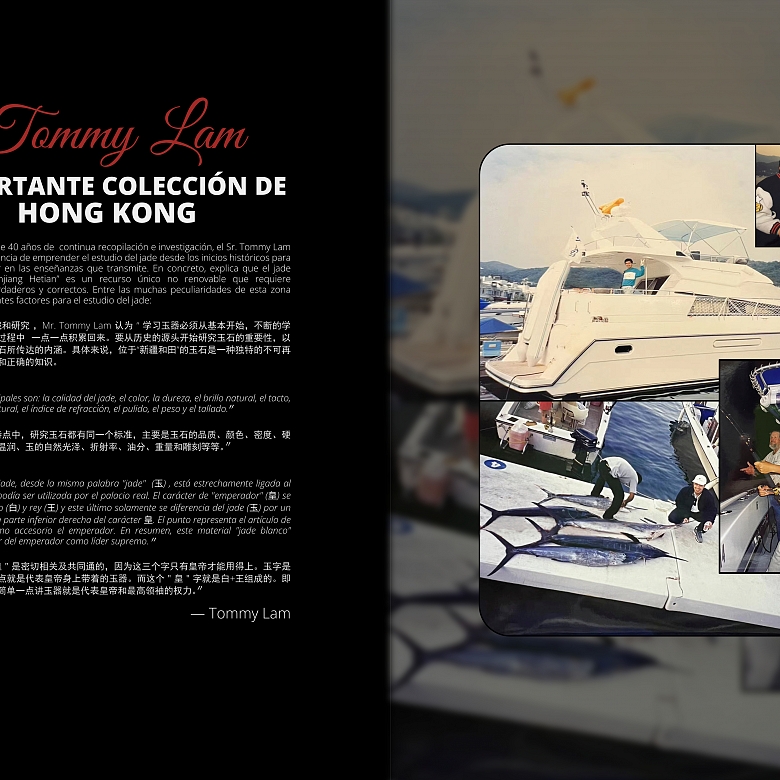UPCOMING LIVE AUCTION DECEMBER 20, 2023 - ASIAN ART
Pair of coloured enamel beads, Warring States period
Press 'Program an autobid'in order to confirm
Pair of elongated beads in vitreous paste with coloured enamel known as "琉璃" (Liúlí) in Chinese and "coloured polish" in English. It is the ancient Chinese name for a type of precious stone and ancestral jewellery found in ancient tombs. The decoration, made in enamel, seems to emulate eyes because they are made in concentric circles, which are of excellent quality. The patina is visible on the rough surface, which is the result of the passage of time. The shape is elongated, domed in the centre and pierced by a vertical hole.
The main component of the surface glaze was lead-barium glass, and it cannot be used to make everyday utensils because of its toxicity. In ancient China, the materials were obtained from by-products produced during the casting of bronze vessels, which were refined and processed. The form was introduced via the Silk Road and was collected by many wealthy and distinguished families.
Coloured enamel is one of the five precious materials of China (gold, silver, jade, coloured enamel, pottery and bronze) and one of the "Seven Treasures of Buddhism". It is a spiritual object that can eliminate diseases and ward off evil spirits. Many colours were used, more than thirty, among them (white, sky blue, sapphire blue, peacock blue, chicken fat yellow...) and the ancients also called it "five-coloured stone". Because they were difficult to obtain, the stones were considered more precious than jade.
It is essential to observe in this piece the magnificence of the deposited history, which travels through time and space, preserving its indelible colour and representing a contained wealth. In June 2008, the Chinese "State Council" and "Ministry of Culture" selected this technique among other "national intangible cultural products".
Size: 6.5 x 2 cm; Weight: 29 g; Size: 6.9 x 2.1 cm; Weight: 33 g
Provenance: Important collection of Tommy Lam, Hong Kong, since 1980.
References: The British Museum. "bead" number. 1940,1214.45 y 1940,1214.37.




















